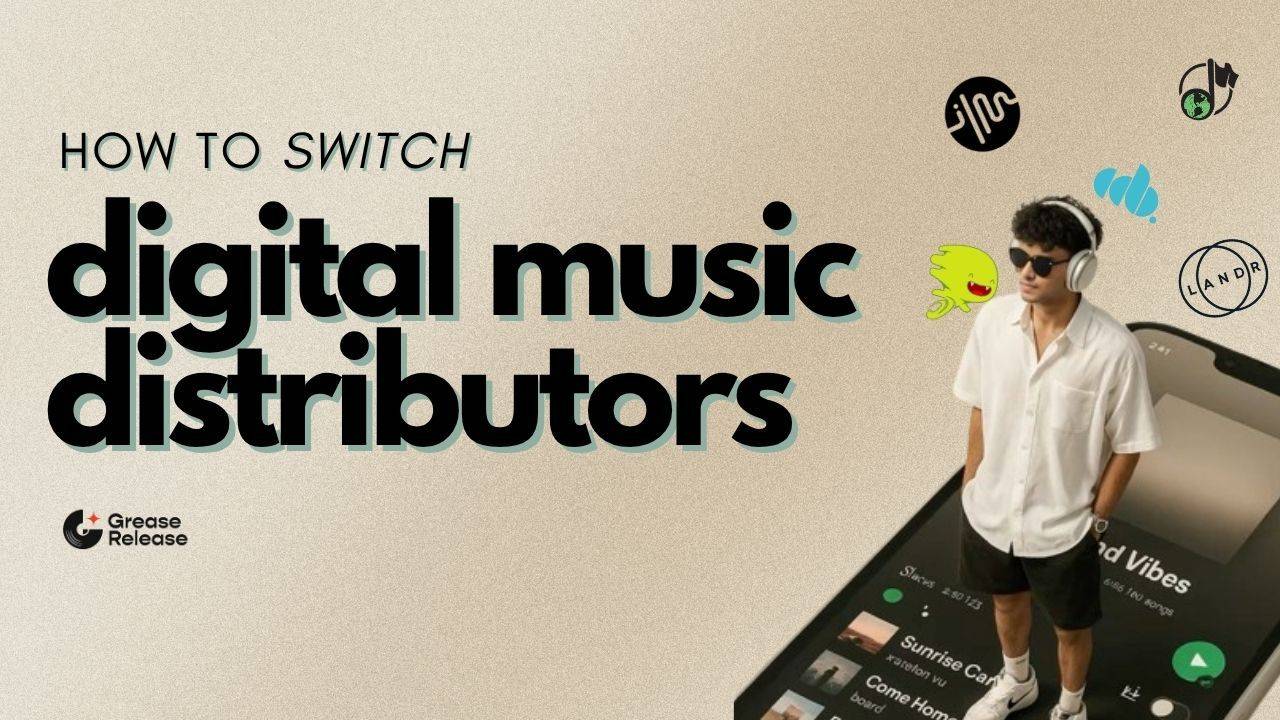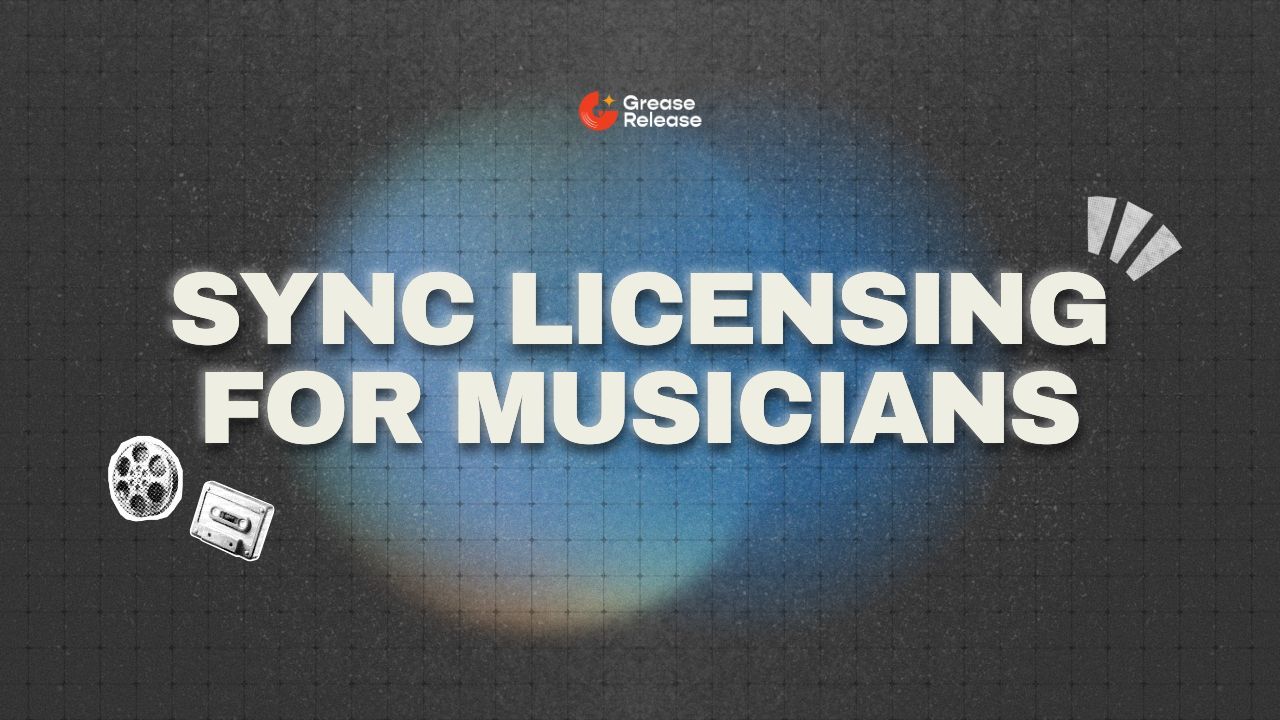
How to record quality music on a budget
Jul 02, 2025How to Record Studio-Quality Music at Home Without Breaking the Bank
Recording quality music on a budget might sound tricky, but it’s more possible today than ever before. With the right tools, smart planning, and a little creativity, you can produce professional-sounding tracks without breaking the bank. Whether you’re a bedroom artist, indie band, or solo vocalist, this guide will walk you through how to make the most of your resources and still create music that sounds like it came straight out of a studio. Because let’s be honest, a well-produced track will still sound bad if it isn’t recorded well. Sound quality is one of the biggest factors for a track’s success.
We’ll be taking a look at the following:
How To Record Music On A Budget?
In the age of DIY Musician, there’s plenty an aspiring one can do by themselves without the hassle of signing with labels. When looking to record music on a budget, there are so many options one can access at home. However, there’s always room for booking recording studios if you do not want to go through the hassle of sourcing equipment to set up a music recording home studio. These studios charge on an hourly basis, and if you’re a band looking to record in one go, recording in a rental studio can be a great alternative to high-quality sound for your tracks. All you need to do is practice, since playing the entire track can be difficult in a go. Even more if the whole band is planning to record together, and so practise and ace your parts on instruments, so you’re sure to waste no time during your expected hours in the studio.

However, if you’re looking to set up a home recording studio, check out the rest of the article for some tips and everything else you need to know before you start sourcing resources.
What Equipment Do I Need To Record Music At Home?
The first step to recording at home is having the right equipment so your production sounds more professional. Here’s every equipment you’ll need when starting out: (all equipment listed below lies in the low to mid budget range)
- Audio Interface
Converts analog signals (from microphones or instruments) into digital audio that your computer can understand. Affordable models like the Behringer UMC series offer high-quality conversion at a low price.
- Microphone
Start with a large-diaphragm condenser microphone for vocals and acoustic instruments. As your needs grow, consider adding dynamic mics or pencil condensers for different sound sources. You can try Audio Technica AT2020 USB.

- Digital Audio Workstation (DAW)
Your software for recording, editing, and mixing music. Free DAWs like Cakewalk by BandLab offer full professional features without the price tag.
- Studio Headphones
Closed-back headphones (e.g., Audio-Technica ATH-M50x) are ideal for recording, preventing audio bleed into your microphone.
- Studio Monitors (Optional but Recommended)
For accurate sound during mixing, a pair of budget-friendly monitors like KRK Rokits can make a big difference in the final sound.
- Pop Filter
A simple but essential tool that blocks harsh "p" and "b" sounds during vocal recording, helping keep your takes clean and professional.
How To Record High-Quality Audio?
If you want to record high-quality audio, it's good to know how sample rate and bit depth work. The sample rate is how often the audio is captured every second. Most people stick with 44.1kHz or 48kHz, and honestly, that’s more than enough even for pro-level recordings. Some audio interfaces let you record at really high rates like 192kHz, but you probably won’t notice a big difference, and the files get huge. Bit depth is all about detail. You can use 16-bit, but 24-bit gives you better quality, especially for things like vocals or instruments with a lot of dynamics. If you're not worried about storage, go for 44.1kHz or 48kHz at 24-bit. It’s a solid combo for clean and professional sound.
Some Secret Tips To Elevate The Sound Of Your Track
- Set up some basic soundproofing
You don’t need a fancy studio. Just throw up some curtains, blankets, or foam panels to cut down echo and background noise. Even recording in a closet filled with clothes can give you cleaner sound.
- Use AI tools to clean up vocals
There are plenty of AI tools out there that can remove background noise, fix pitch, and smooth out your vocals. It’s a quick and easy way to get studio-like results without all the high-end gear. - A PC can do better than a laptop
If you’ve got the option, working on a desktop is usually smoother than using a laptop. PCs handle heavy plugins and large project files better, so you’ll deal with fewer lags and crashes. - Don’t forget to mix and master
Once your track is recorded, take the time to mix and master it. Mixing helps everything sit well together, and mastering gives it that final clean and polished sound. Even if you're using free tools or doing it yourself, it still makes a huge difference.
Final Thoughts
Recording good music at home doesn’t have to cost a ton. With the right gear, some smart tips, and a little patience, you can make tracks that actually sound professional. It’s all about understanding the basics, using what you have in the best way, and putting effort into things like soundproofing, mixing, and mastering. Don’t stress about having the perfect setup, just start where you are, keep learning as you go, and enjoy the process of making music that feels true to you.
We at GreaseRelease, have a bunch of curators on our network who are looking for new & exciting music to push on their massive playlists. If you make music and want to reach a wider audience, check out our submission platform and get a chance to reach millions of listeners! Submit your tracks now!
Don't miss my newsletter!
Join me on a music entrepreneurship journey with new tips and tricks delivered straight to your inbox.
We hate SPAM. We will never sell your information, for any reason.




